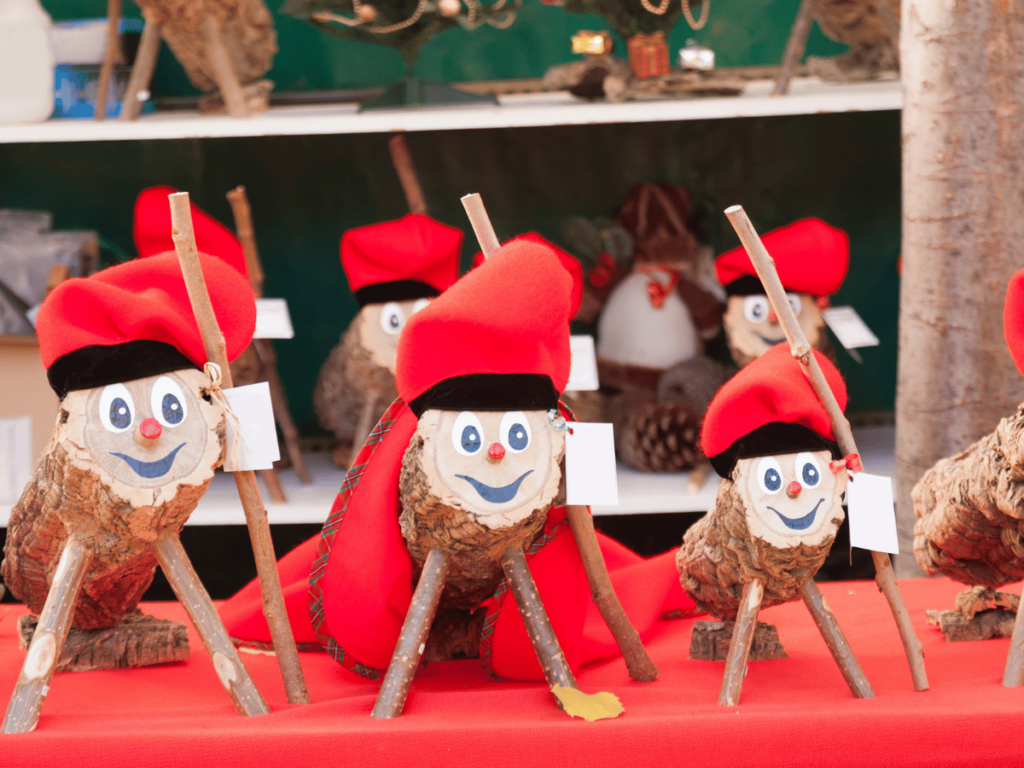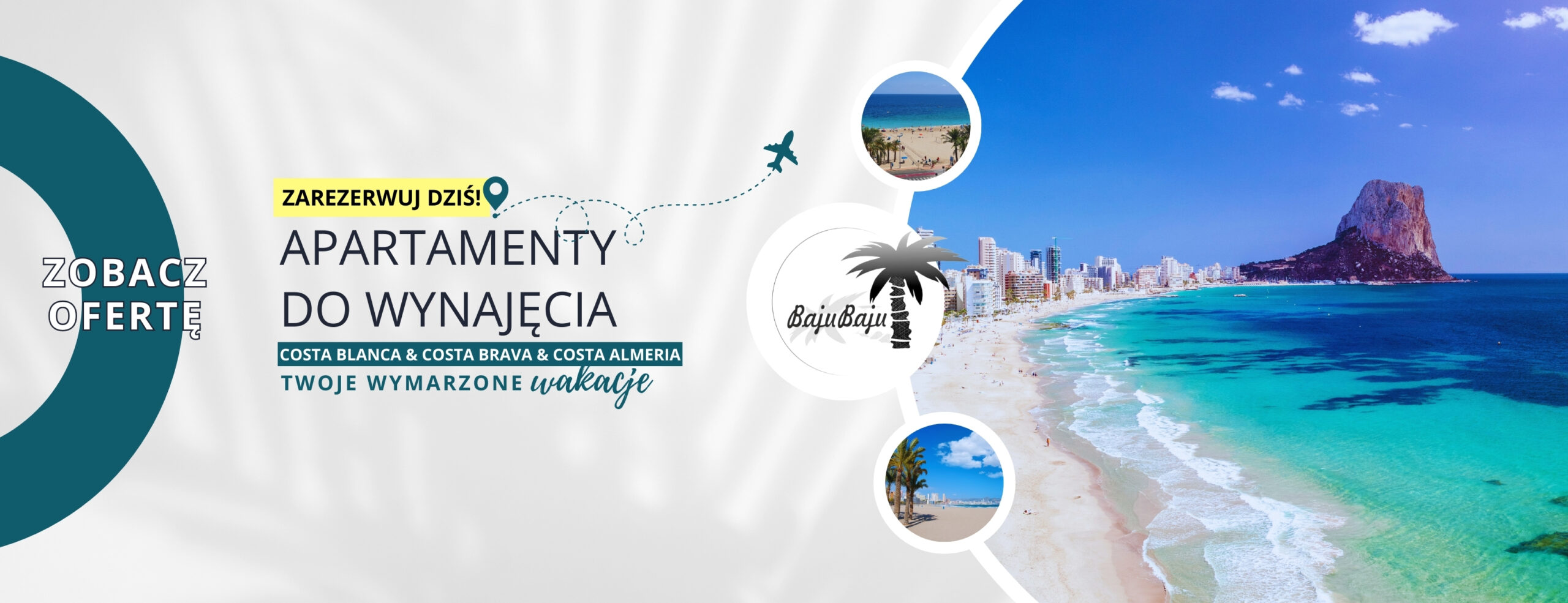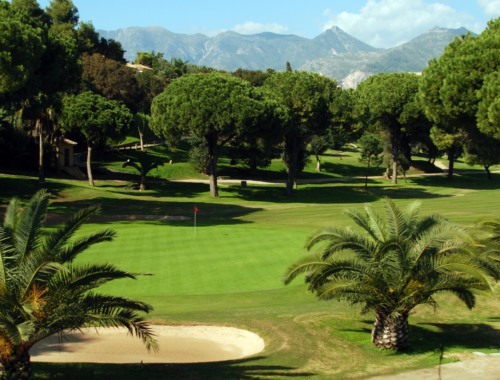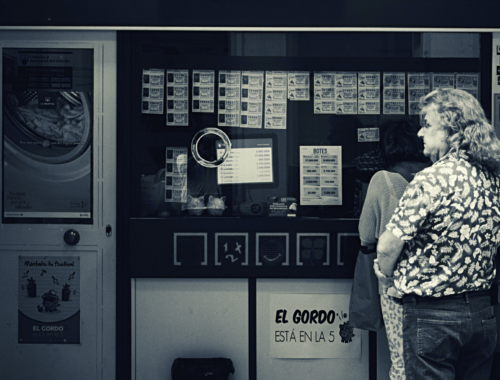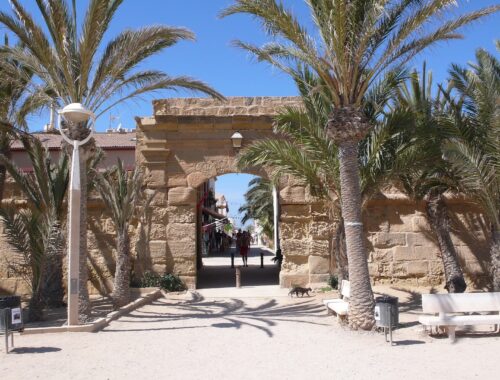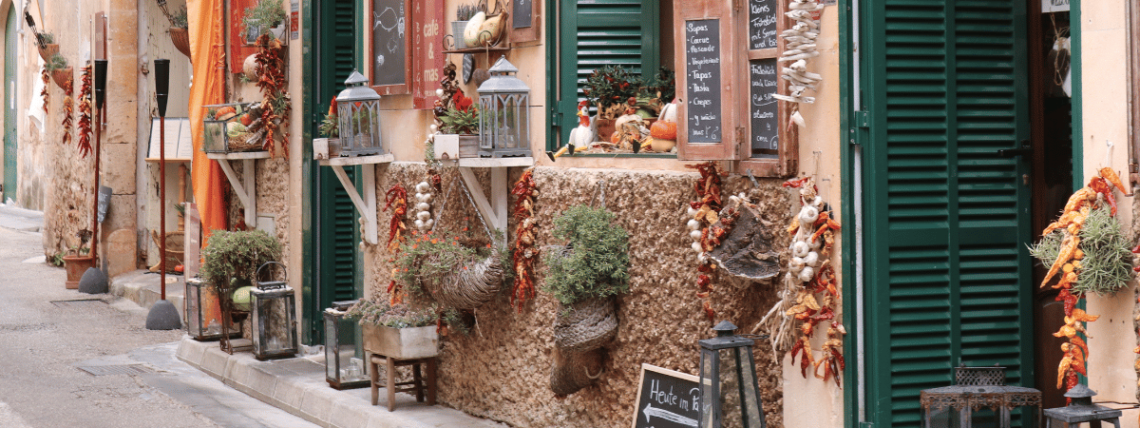
Christmas in Spain: From Advent to New Year
Spanish Christmas is a colorful mosaic of traditions that surprises with its richness and diversity. Let’s trace this time from the first Advent days to the New Year’s celebration.
Beginning of December: Advent and preparations
December in Spain begins with Advent preparations. The streets of cities such as Alicante and Valencia are lit up with Christmas illuminations, and houses are adorned with colorful decorations. The most distinctive decoration you’ll see at every turn is the Portal de Belén, a traditional Christmas nativity scene. The Spaniards are adding new figures and elements every year, creating ever more elaborate and detailed scenes. The attention to detail and passion with which they approach this custom make Belén’s cribs true works of art!
December 22: El Gordo – Christmas Raffle
December 22 is the day when all of Spain follows with baked faces the drawing of El Gordo, the country’s biggest Christmas lottery! It’s an emotional moment that officially heralds the start of the holiday season. You can read more about this special event in our recent article:
December 24: Christmas Eve
In Spain, Christmas Eve, called Noche Buena, is a true celebration of culinary delights! Tables are bending under the weight of delicious seafood – gambas, langostinos, cigalas, as well as other seafood delicacies that delight in both taste and appearance. There is also no shortage of dishes for meat lovers: a staple is mutton or the traditional roast suckling pig, known as cochinillo. And for those who prefer something more exquisite, beef tenderloin or bull tails appear on the table.
Christmas Eve cakes in Spain are true works of confectionery art. Instead of homemade baked goods, tables are dominated by the tronco de navidad – a roulade that resembles the shape of a felled tree trunk. Also intriguing sweets here are turrones and polvorones – almond products that make the perfect end to a holiday feast.
Interestingly, Spanish carols, called villancicos, are often sung by children and the lyrics themselves are quite simple and infantile. Nevertheless, they provide a joyful atmosphere and are an integral part of the holiday tradition.
December 25: Christmas
Christmas Day in Spain is often spent away from home. Instead of preparing more dishes, families are going to restaurants to enjoy time together – without having to spend hours in the kitchen.
December 28: Día de los Santos Inocentes
December 28 in Spain is celebrated as Día de los Santos Inocentes, a day of pranks and mischief. This is a time when, both in the media and in everyday life, Spaniards play little tricks on each other.
December 31: New Year’s Eve – Nochevieja
New Year’s Eve, or Nochevieja, in Spain is a time of unforgettable fun. The custom of eating grapes at each of the twelve strikes of the clock is a moment full of magic, and the joy of welcoming the New Year here lasts until dawn.
January 6: Feast of the Epiphany – Reyes Magos
Epiphany Day is the culmination of the Spanish Christmas holidays. It is on this day that children receive most of the gifts they get on Christmas Eve in Poland. Significantly, the trinkets are brought by the Three Kings, not Santa Claus. The colorful parades, known as La Cabalgata de Reyes Magos, draw crowds to the streets, and the joyful atmosphere fills towns and villages.
Summary
Spanish Christmas, full of colorful traditions, delicious food and family atmosphere, is a unique experience that surprises with its diversity and cultural richness. If you dream of a magical Christmas – we invite you to book our charming apartments on the Costa Blanca!¡Feliz Navidad y nos vemos allí!🎄🌟🇪🇸

